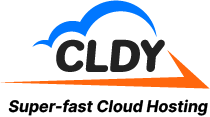The Reality of Domain Availability in 2024

Finding an available domain name in 2024 can feel like looking for a needle in a haystack. With over 362.4 million registered domains counted in Q2 2024, good domains are getting harder to find – but they’re not impossible to secure. While short, catchy .com domains may be scarce, understanding the current domain landscape helps you discover practical options that work for your needs.
The continued popularity of .com domains has led to growth in alternative top-level domains (TLDs) that create new possibilities. Extensions like .tech, .online, or .store can work well for specific business types and help create memorable web addresses. For companies focused on particular regions, country-code TLDs such as .co.uk or .com.au offer targeted branding opportunities. This wider selection of TLDs gives you more flexibility when searching for the right domain.
Making Smart Domain Search Choices
To check domain availability effectively, start with established registrars like GoCloudEasy, GoDaddy and Namecheap. These sites let you search multiple TLDs at once and suggest alternatives if your first choice isn’t available. For Singapore-based businesses, CLDY provides domain registration and hosting focused on the local market.
WHOIS lookups remain useful tools, even with privacy rules like GDPR limiting some information. While current owner details may be private, past WHOIS records can provide helpful background about a domain’s history. This context helps you evaluate potential domain purchases more thoroughly.
Being Patient and Creative
Timing matters when hunting for domains. Names become available regularly as registrations expire or businesses rebrand. Setting up alerts for domains you want and checking back consistently improves your chances of getting a good name.
When your ideal domain is taken, get creative with alternatives. If “bestcoffee.com” isn’t available, try variations like “best-coffee-beans.com” or “bestcoffeeshop.com”. Stay flexible and consider options beyond your first choice. Focus on finding a domain that connects with your audience and represents your brand well, even if it wasn’t your original plan.
Smart Tools for Domain Validation
Finding an available domain name takes more than a simple search these days, with over 362.4 million registered domains as of Q2 2024. The key is knowing which tools can help you thoroughly check availability and ownership history. Let’s explore some of the most useful options for validating domain names effectively.
Domain Registrars as Validation Tools
Major registrars like GoCloudEasy, GoDaddy and Namecheap offer excellent search features that let you check multiple domain extensions at once. When your preferred domain is taken, these platforms suggest similar options and variations you might like. For businesses in Singapore, CLDY specialises in domain services for the local market, which can be especially helpful if you’re targeting that region.
Most registrars also include WHOIS lookup capabilities. While privacy laws like GDPR now limit access to personal details, WHOIS data can still tell you important things about a domain’s background. For example, you can see when the domain was first registered and check its ownership history before GDPR took effect. This helps you spot any potential issues with previously used domains.
Beyond Basic Checks: Advanced Domain Tools
When you need more detailed analysis, premium domain tools offer extra features that basic searches don’t provide. For instance, you can search hundreds of domains at once – perfect for companies wanting to register multiple variations of their brand name or secure domains across different extensions. This helps prevent others from registering similar domains that could confuse customers.
These advanced tools also show you which domains your competitors own and use. This insight helps you understand their online strategy and identify opportunities they might have missed. You can then make better decisions about which domains to register for your own business.
Streamlining Your Domain Validation Workflow
A smart approach combines both registrar tools and specialized platforms. Start with a quick search on your preferred registrar to check basic availability. Then use premium tools for deeper analysis or bulk searching if needed. Always review any available WHOIS data carefully, keeping in mind that newer privacy rules limit what you can see. Just like choosing the right location for a physical store, picking the right domain name matters for online success. Using the right combination of tools helps ensure you find and secure the perfect domain for your needs.
Beyond .com: Making Alternative Extensions Work
Seeking a domain name can feel restrictive if you only focus on .com endings. Branching out to other domain extensions opens up fresh naming possibilities and opportunities to create a memorable web address. While .com still dominates, knowing how to effectively use alternative top-level domains (TLDs) can help you secure the perfect domain for your needs.
Industry-Specific and Geo-Targeted TLDs
Different domain endings serve specific purposes. A technology company might find that companyname.tech connects better with their audience than settling for an awkward .com alternative. Online stores can use .store domains to instantly communicate their purpose. This focused approach helps create web addresses that stick in people’s minds.
Location-based domains offer clear benefits for regional businesses. A company primarily serving MY customers can build local trust with a .com.my domain, while improving their visibility in local searches. Similarly, businesses in Singapore can work with CLDY to get a .sg domain that strengthens their connection to local customers. Using these regional domains helps businesses show up more prominently in local search results.
Benefits of Non-Traditional Extensions
Sometimes, an alternative domain ending allows for a cleaner, more memorable web address. For example, coffeeshop.cafe is simpler and more direct than bestcoffeeshopinthecity.com. The shorter domain makes it easier for customers to remember and share your website.
Search engines and internet users have grown comfortable with newer domain endings like .online, .tech, and .store. As more businesses adopt these alternatives, any concerns about their impact on search rankings have decreased. This wider acceptance makes these domain options increasingly practical for businesses wanting to stand out.
Evaluating Alternative TLDs
When exploring different domain endings, ask yourself key questions: Does this extension match what my brand represents? Will my target customers find it natural and easy to remember? If I’m focusing on local customers, will it help my local search visibility?
Taking time to consider these factors helps ensure you choose a domain that strengthens your brand and supports your goals. With over 362.4 million registered domains as of Q2 2024, looking beyond .com has become essential for finding the right web address. The key is selecting an extension that serves your specific needs while remaining clear and memorable for your audience.
Protecting Your Domain Search Journey
Finding the right domain name requires more than availability checks – you also need to protect yourself during the search process. Being mindful of security helps safeguard your personal information and prevents potential scams. This includes knowing proper ownership verification methods and maintaining privacy throughout your domain search journey.
Secure Domain Validation Practices
With millions of registered domain names, scammers often target unsuspecting buyers. To stay safe, choose established domain registration providers like CLDY that put security first. Look for important features such as two-factor authentication and protected domain transfers. Pay attention to privacy regulations like GDPR that affect how registrars handle your personal data. Make sure your chosen registrar follows industry standards for data protection.
When researching domain availability, stick to trusted WHOIS lookup tools. While current owner information may be private due to regulations, past WHOIS records can reveal useful details about a domain’s history. This background information helps you avoid domains with suspicious past usage or ownership – especially important when considering previously registered names.
Maintaining Domain Privacy
Protecting your domain involves more than hiding contact details. You also need to prevent unauthorized changes and potential domain theft. This requires understanding your registrar’s privacy settings and security options. For instance, enabling domain lock prevents anyone from transferring your domain without permission, giving you better control over your web property.
Secure Domain Transfers and Ownership Verification
Handle domain transfers carefully to avoid problems. When buying a domain, confirm the seller’s identity and use trusted escrow services, particularly for expensive domains. This protects both parties during the transfer. Be cautious of random offers or requests for private information. Real registrars have standard verification processes and won’t ask for sensitive details through unsecured channels.
By following these security practices, you can search for domains with confidence while keeping your information safe. Taking these precautions helps prevent issues and creates a strong foundation for your online presence.
Creative Approaches to Domain Selection
Finding an ideal domain name sets the stage for your online presence, but what do you do when your preferred .com domain is already taken? That’s when smart and creative thinking becomes essential to uncover alternatives that still align with your brand vision and connect with your audience.
Brainstorming Variations and Alternatives
If your dream domain like “perfectcup.com” isn’t available, don’t lose heart. Start exploring variations by adding descriptive words (“perfectcupcoffee.com”), using hyphens strategically (“perfect-cup.com”), or considering different domain endings (“perfectcup.cafe”). For instance, a Singapore-based coffee roaster might find that “perfectcup.sg” through CLDY works perfectly for their local market. With over 362.4 million registered domains as of Q2 2024, being open to creative options is essential.
Using Keywords and Location
Adding relevant keywords to your domain name can help search engines better understand your business focus while making it clear to visitors what you offer. When “mountainbikes.com” is taken, try options like “mountainbikegear.com” or “mountainbikeadventures.com.” Using location-specific endings (like .co.uk for the UK or .com.au for Australia) can be particularly effective if you serve specific regions. This approach helps strengthen your local presence and can improve how you show up in local searches.
Exploring Alternative Domain Extensions
While .com remains popular, other domain endings can create unique opportunities. A tech company might find that “innovations.tech” better matches their identity than a complicated .com alternative. Online shops could benefit from straightforward options like “shop.store”. These newer domain extensions are now widely accepted by both search engines and users, offering fresh ways to create memorable web addresses.
Testing Your Domain Options
After creating a list of possible domains, take time to evaluate each one carefully. Ask your target audience for feedback, discuss options with your team, and say each domain out loud to check how it sounds. This testing helps catch potential issues like confusing spellings or unintended meanings. For example, “speedycars.com” might seem perfect until you realize people could misread it as “speedy-cars.com”. Taking time to thoroughly test your options helps ensure you choose a domain that truly fits your brand and connects with customers, even when Plan A isn’t available.
Building a Future-Proof Domain Strategy
Choosing the right domain name shapes how people find and remember your business online. With over 362.4 million registered domains as of Q2 2024, it’s important to develop a smart strategy that protects your brand and adapts as your business grows.
Brand Protection Across Multiple TLDs
After securing your main domain, it’s wise to register key variations to protect your brand. This means checking availability for common extensions like .com, .net, and .org, as well as industry-specific ones that fit your business. For example, if you own “example.com”, grabbing “example.net” prevents competitors from using similar names that could confuse customers. Don’t forget to also register common misspellings of your brand name to catch typing errors.
Managing Your Domain Portfolio
Your domain needs will likely expand as your business does. You may want new domains for specific products, marketing campaigns, or reaching international markets. Think of domains as digital real estate – buying strategically now can pay off later. To keep things running smoothly:
- Centralised Domain Management: Handle all domains through one platform to simplify renewals and updates
- Automated Renewals: Set up auto-renew to avoid accidentally losing valuable domains
- Domain Lock: Lock your domains to ensure it is well protected
Monitoring for Brand Infringement
Keep an eye out for copycat domains that could hurt your brand. Check regularly for similar names and take action against unauthorized registrations. Many services can help detect and address these issues, which is especially important in competitive industries where reputation matters most.
Adapting to Evolving Needs
The online world keeps changing, with new domain extensions emerging and business needs shifting. Your strategy should be flexible enough to change too. For instance, if you start targeting specific countries, you might want local domain extensions like .co.uk or .com.au. Staying informed about where your industry and customers are headed helps you make smart domain decisions.
Ready to build a strong domain strategy? CLDY provides domain registration, email hosting, and cloud hosting backed by C3.Gen Cloud Technology. With 24/7 support focused on customer success, CLDY can help secure your online presence today.









